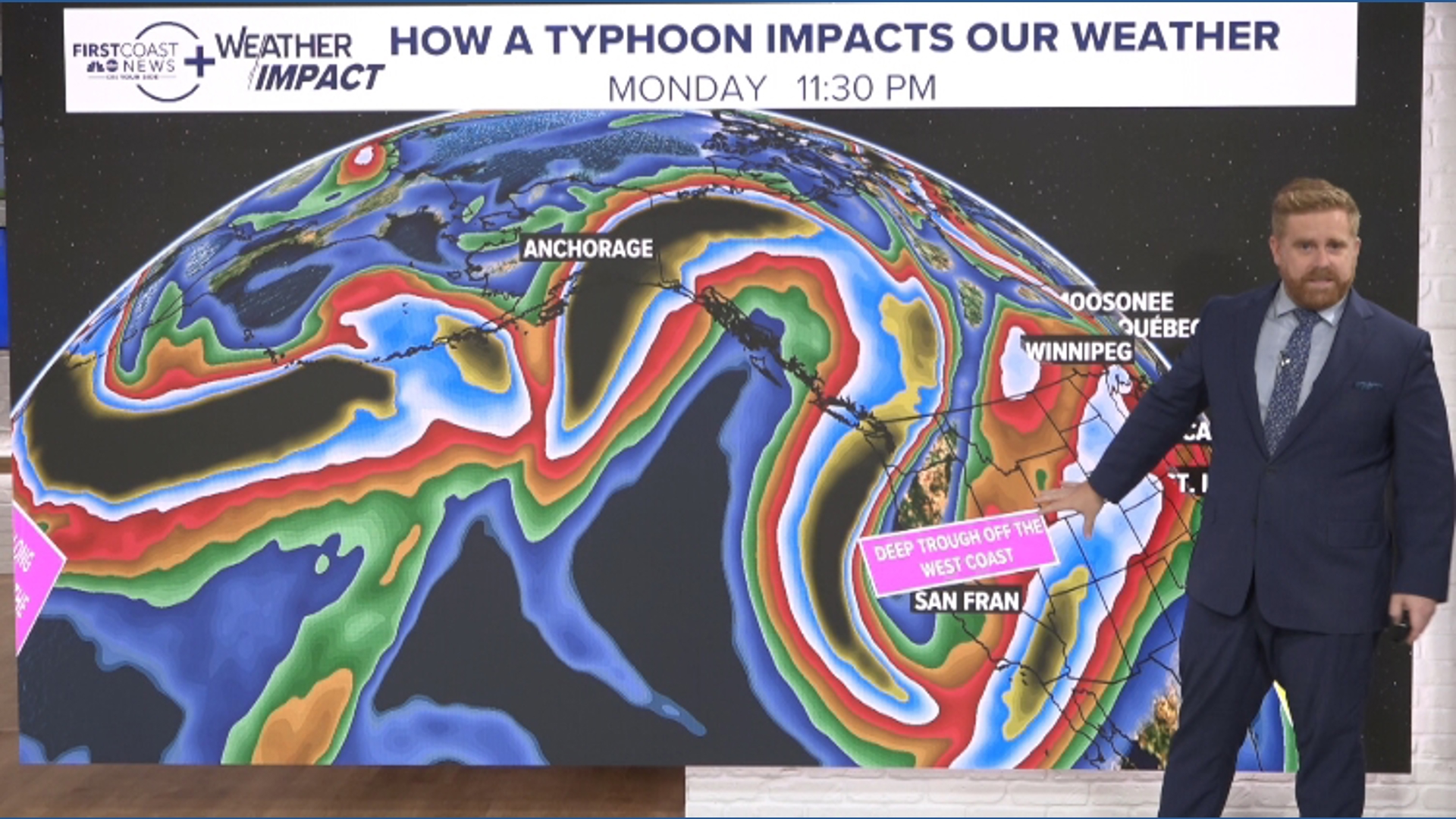A super typhoon named Halong, which narrowly missed Japan this week, is expected to detrimentally influence weather patterns across the Pacific and western United States. While Tokyo avoided what could have been the equivalent of a Category 4 hurricane, meteorologists warn that the storm’s remnants could drive heavy rain and snow in California by early next week.
As Typhoon Halong moves into the North Pacific, it is predicted to energize the jet stream, intensifying storms along its path. The National Weather Service (NWS) noted that the storm could produce hurricane-force winds in Alaska’s Bering Sea, drawing comparisons to Typhoon Merbok in 2022, which caused significant damage in the region.
Forecasts suggest that the typhoon’s energy could push subarctic air southward into Washington, Oregon, and California by Monday. If this coincides with a coastal storm, Northern California might experience significant rainfall in the Bay Area and several feet of snow in the Sierra Nevada mountains. However, meteorologists caution that recurving typhoons make weather predictions less precise, and forecasts are subject to change.
Meanwhile, Hurricane Priscilla is moving north in the Pacific, with its path expected to affect southern California and Arizona. The National Hurricane Center (NHC) has issued warnings for several southwestern states, including New Mexico, Colorado, Utah, and Nevada, which could see heavy rain and flash flooding from the storm’s moisture.



